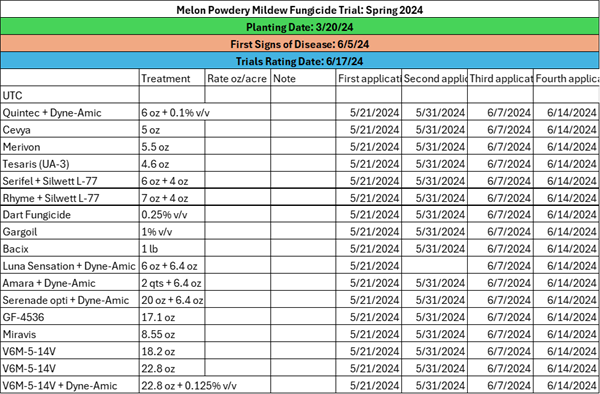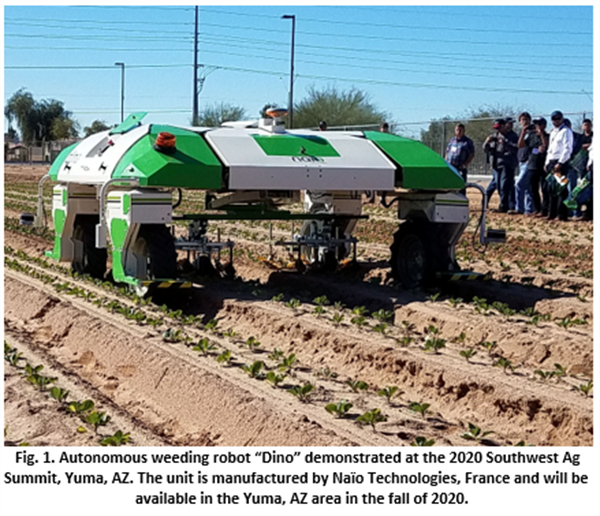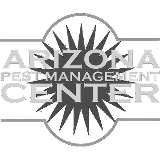Sep 2, 2020
Perennial Problems with Common Purslane
Heavy and widespread infestations of common purslane come up during ground preparation for lettuce every year. This occurs in fields that were kept weed free the previous year and is difficult to understand.
There are probably several reasons for this.
Seed Production
Common Purslane is very prolific. It has been reported that one plant can produce up to 240,000 seeds. The stems are so succulent that plants can remain viable and make seed even after it is uprooted.
Seed Longevity
Once seed is mature it can be viable for as long as 40 years. It has very small, hard seed that can remain dormant in the soil for ss long as 40 years .So you may have to control weeds that got into the field a generation ago..
Multiple perennial germinations
Common Purslane is supposed to be a summer annual, but it germinates multiple times all year in the low desert. It takes 12 hours after receiving moisture in the summer and 7 days in the winter, but it keeps germinating. It has to be controlled when it is less than 2” in diameter. If you wait until most of it germinates the early plants will be too big. If you spray or cultivate when all the emerged plants are small you will miss many that have yet to emerge. It is best to treat early and control the later emerging plants with a selective herbicide.
Rerooting
When common purslane is broken in pieces it can reroot at the nodes. Late cultivation often spreads this weed. Cultivation is not a good option when purslane is larger than 2”. Herbicides are a better option on big plants.
Seed dispersal
Purslane has a very small light seed. It moves in irrigation water and blows in the wind. Even completely clean fields are likely is be reinfested by seeds that are carried by water and wind into the field.
Best option
Considering the above factors, the best option for controlling common purslane may be preirrigation to germinate the weeds and early herbicide application or cultivation . Kerb and Prefar are both good on purslane. Prefar should be used at planting to incorporate it with a lot of water and Kerb should be used later to avoid leaching but don’t wait too long and risk germination of the weeds. Purslane germinates from shallow depths and split applications of Kerb may be a good option.

To contact Marco Pena go to:
marcop@ag.arizona.edu











